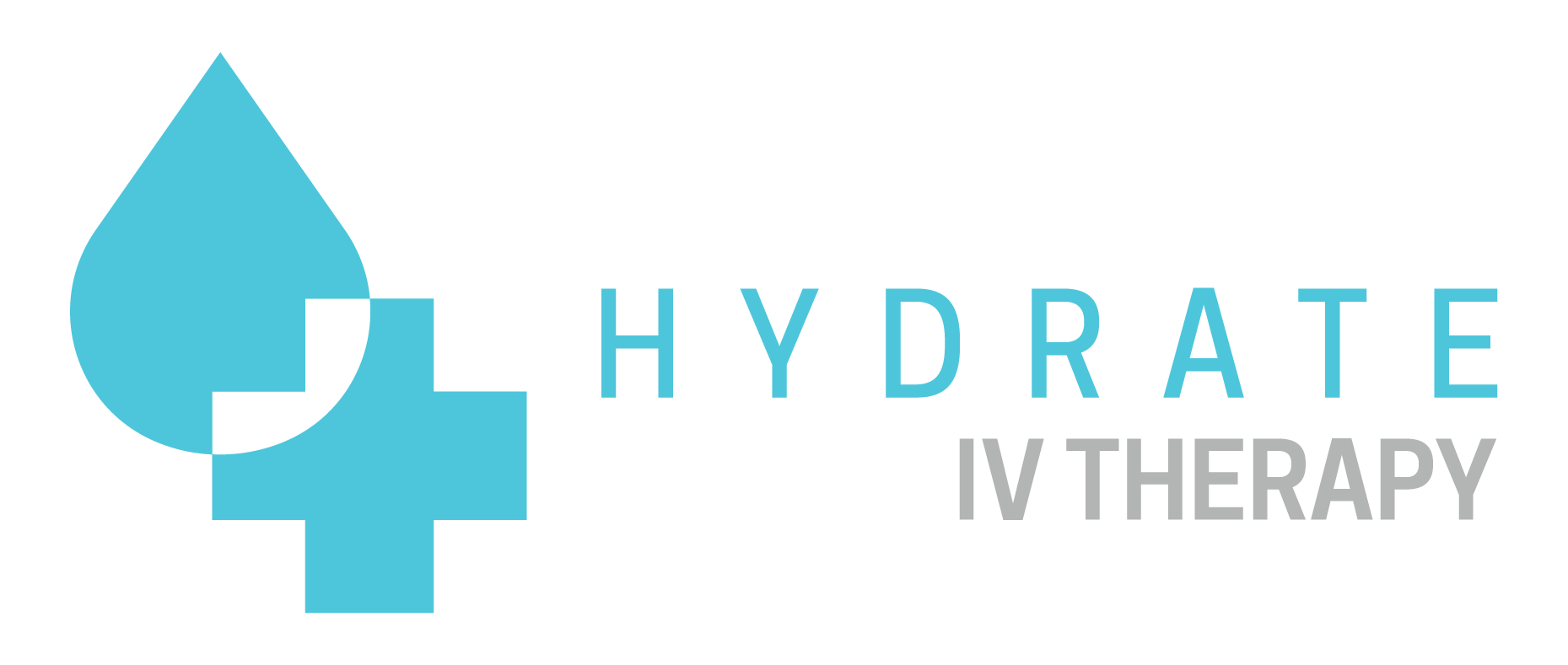Think Blue Light Doesn't Affect You? Think Again!
In our tech-driven world, exposure to blue light is unavoidable. From smartphones to computer screens and LED lighting, this high-energy visible (HEV) light is a constant presence. While many are aware of its effects on sleep and eye health, fewer know how blue light affects mitochondria and vital molecules like NAD+, which are crucial for cellular function and energy.
Blue Light, Mitochondria, and NAD+
Mitochondria are the energy factories of our cells, responsible for producing adenosine triphosphate (ATP). A lesser-known but equally vital molecule in this process is NAD+ (nicotinamide adenine dinucleotide), a coenzyme essential for energy metabolism and DNA repair. Continuing research shows that blue light exposure may deplete NAD+ levels and disrupt mitochondrial function. Here is how this occurs:
Oxidative Stress: Reactive oxygen species (ROS) are highly reactive molecules that contain oxygen. They are natural byproducts of normal cellular metabolism, particularly during the process of energy production in mitochondria. Blue light increases ROS, which damages mitochondrial DNA and deplete NAD+ levels as the body works to repair oxidative damage. While some ROS are necessary for normal cellular processes, excessive levels can overwhelm the mitochondria’s antioxidant defenses, leading to oxidative damage. This damage is linked to aging, inflammation, and various diseases, including cancer, cardiovascular disorders, and neurodegenerative conditions. Managing ROS levels is essential for maintaining a healthy balance within the body.
Reduced ATP Production: Mitochondria under oxidative stress operate less efficiently, leading to lower NAD+ levels and a reduction of ATP. This can lead to fatigue, poor cellular performance and poor overall function.
Cellular Aging: Depleted NAD+ levels impair mitochondrial repair, contributing to cellular aging, metabolic decline, and chronic illnesses such as neurodegeneration and cardiovascular disease.
Circadian Disruption: Blue light exposure at night disrupts the natural production of melatonin and can inhibit healthy sleep patterns. Since NAD+ and circadian rhythms are interconnected, this disruption further affects cellular repair and energy balance.
Blue Light and Poor Body Metrics
When combined with negative lifestyle factors such as poor nutrition, lack of exercise, and chronic stress, blue light exposure intensifies mitochondrial dysfunction. This occurs through a series of conditions that can profoundly influence our overall health.
Disrupted Circadian Rhythm: Blue light exposure, especially at night, inhibits melatonin production, which is critical for regulating sleep. Poor sleep quality further disrupts mitochondrial repair and regeneration, worsening oxidative stress.
Metabolic Dysregulation: Mitochondria play a vital role in metabolic processes. High levels of blue light exposure, combined with an unhealthy diet, can impair glucose metabolism and insulin sensitivity, leading to weight gain and increased risk of diabetes.
Systemic Inflammation: Blue light-induced mitochondrial dysfunction can trigger chronic low-grade inflammation. When paired with poor diet and lifestyle, this inflammation becomes a breeding ground for diseases like arthritis, obesity, and even cancer.
The Role of NAD+ Therapy
Given the vital role NAD+ plays in cellular health, treatments aimed at restoring NAD+ levels are gaining popularity. NAD+ therapy, delivered through IV infusions or intramuscular injections, are designed to replenish NAD+ levels, support mitochondrial function, and counteract cellular damage caused by blue light and other stressors. Some of the key benefits of NAD+ treatment are:
Increased Energy Production: Replenished NAD+ improves mitochondrial function and ATP production which combats fatigue caused by blue light exposure.
DNA Repair: NAD+ helps repair DNA damage and protect against oxidative stress.
Improved Neuroprotection: NAD+ therapy supports brain health by reducing inflammation and oxidative stress, potentially offsetting blue light’s harmful effects on cognitive function and mood.
Anti-Aging Effects: By supporting mitochondrial repair and reducing inflammation, NAD+ therapy slows cellular aging and promotes overall vitality.
Circadian Rhythm Regulation: NAD+ influences circadian rhythm proteins, helping to restore the body’s natural clock disrupted by excessive blue light exposure.
Combining NAD+ Therapy with Lifestyle Changes
In a world where many of us are glued to our screens, eliminating blue light exposure entirely may be impossible.To maximize the benefits of NAD+ therapy, it’s essential to take steps to protect your mitochondria and support cellular health:
Limit Screen Time: Reduce blue light exposure by setting screen time boundaries, especially in the evening.
Use Blue Light Filters: Invest in blue light-blocking glasses or enable the "night mode" feature on your devices.
Prioritize Sleep: Maintain a consistent sleep schedule and create a screen-free bedtime routine to support melatonin production.
Optimize Nutrition: Protect mitochondria and NAD+ stores by consuming antioxidant-rich foods like berries, dark chocolate, and green tea.
Get Natural Light Exposure: Morning sunlight exposure helps regulate circadian rhythms and balances the effects of blue light.
Exercise Regularly: Physical activity boosts mitochondrial health and boosts NAD+ levels.
Conclusion
Blue light exposure can pose a significant risk to mitochondrial health, depletes vital molecules like NAD+, and disrupts the body’s natural sleep rhythms. By incorporating NAD+ therapy at Hydrate IV Therapy and making some lifestyle adjustments, you can combat the negative effects of blue light exposure, help restore cellular health, and support long-term vitality. Protecting and replenishing your mitochondria and NAD+ in this era of constant blue light exposure is a powerful and necessary step toward maintaining optimal health and energy, which is an investment your body will thank you for.


